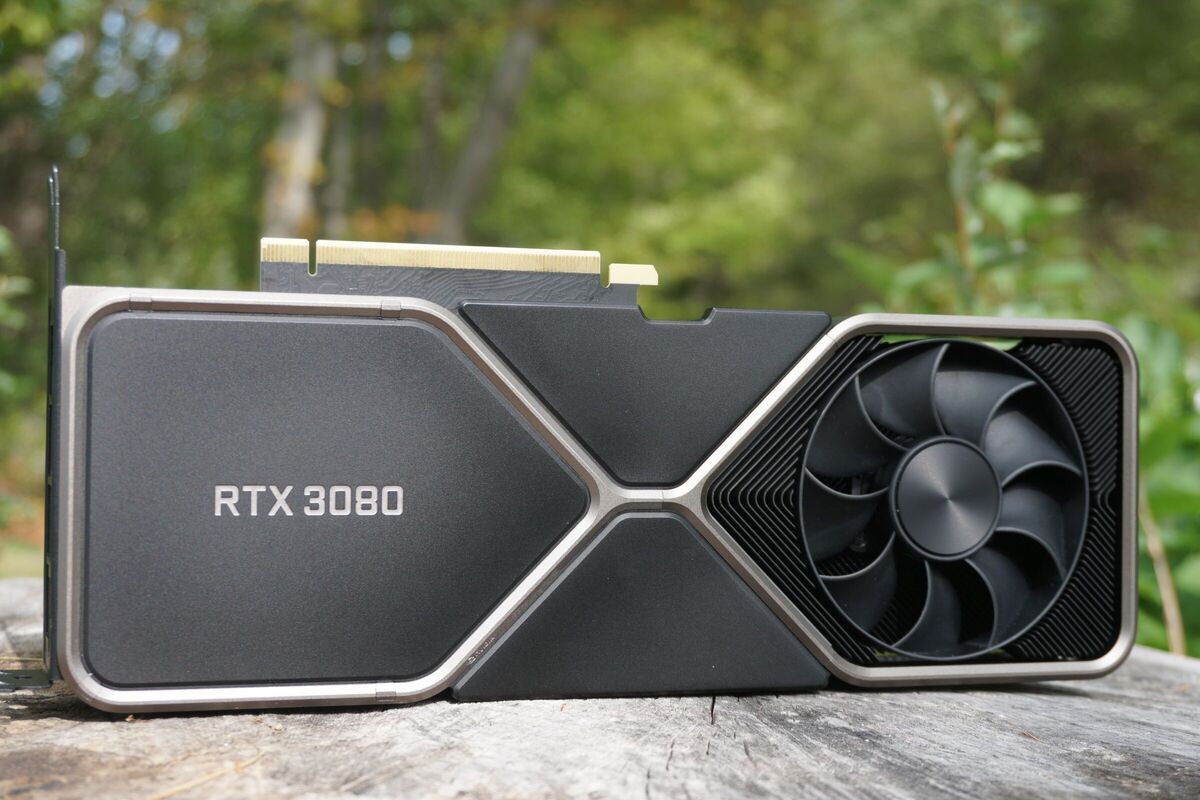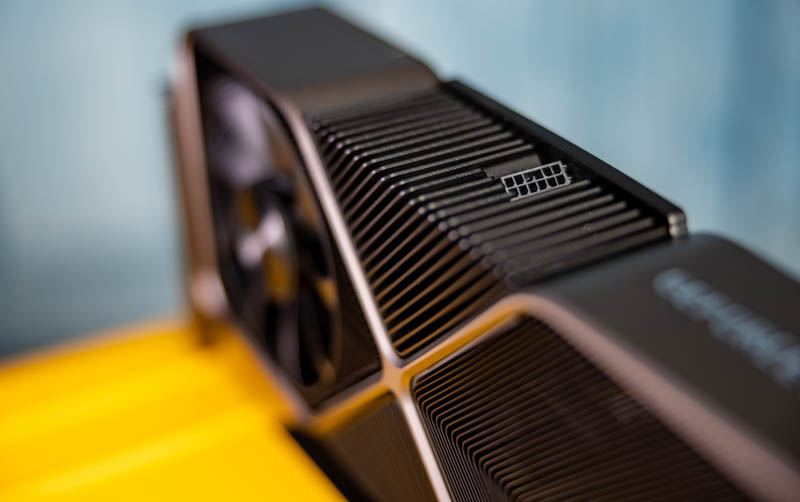


Or RAM as we call it, is a big deal for the vast majority of software today. Instead After Effects relies heavily on the memory and the central processing unit of your computer rather than the graphics card or GPU within it. While a graphics card will have its own dedicated memory, After Effects never uses up the full capability of that memory. Remember just a few paragraphs back when I told you to remember the word “memory”? Well, now it’s time to talk more in-depth about it. Note: Rick has been using After Effects since 1993, and teaching it since 1995. In the words of 9-time Emmy award-winning editor Rick Gerard: The GPU is not used for rendering 99% of everything that AE does. Does a high-end graphics card and GPU really matter to After Effects that much? The short answer is no.

However, OpenGL integration was pulled from After Effects by Adobe due to a lack of full functionality, and Ray-Traced 3D Renderer has essentially been replaced by the addition of Cinema 4D Lite within After Effects CC.So, this begs the question. Adobe once utilized a certified GPU card for GPU-accelerated ray-traced 3D renderer, and also made use of OpenGL with the GPU for Fast Draft and OpenGL Swap Buffer. In the not so distant past the GPU was a much bigger deal than it is today. Is GPU really a big deal of After Effects? Keep this in mind, because it will become a big deal in just a minute. But revenue in its data center business dropped 14% from the previous year.Notice how in both types of graphics cards we talked a great deal about memory. I think it's reasonable to forecast a 20/80 split by the end the end of 2020."Įarlier on Thursday, Nvidia shares rose after the company reported quarterly results that topped expectations. "However, AMD has won some great engagements and will be increasing its share. "Today Nvidia dominates the data center market and probably has 90%+ share," Jon Peddie of Jon Peddie Research told CNBC in an email. Traditional chipmakers pose a bigger threat. Similarly, Amazon uses its AI chips only in its own data centers to deliver services for third-party developers. (Google has started offering various products that use its Edge tensor processing unit chips, but those chips aren't as powerful as the TPU chips for training AI models in Google's cloud.) Google hasn't started selling data center chips for training AI models to other companies, though. As it came up with new versions, the web company pointed to performance advantages over graphics cards that were available at the time. Google first announced its entrance into the data center AI chip-making world in 2016.


 0 kommentar(er)
0 kommentar(er)
